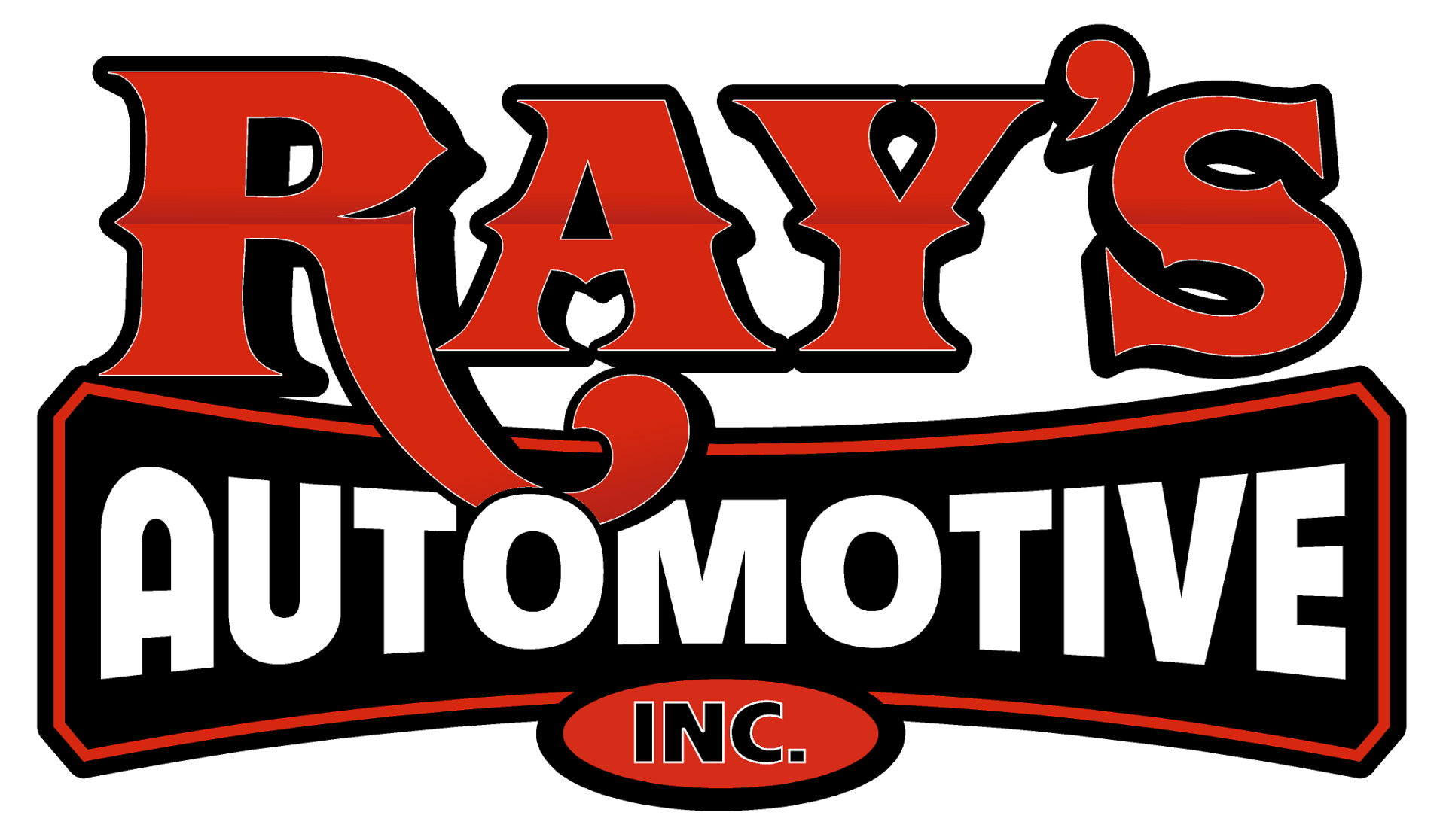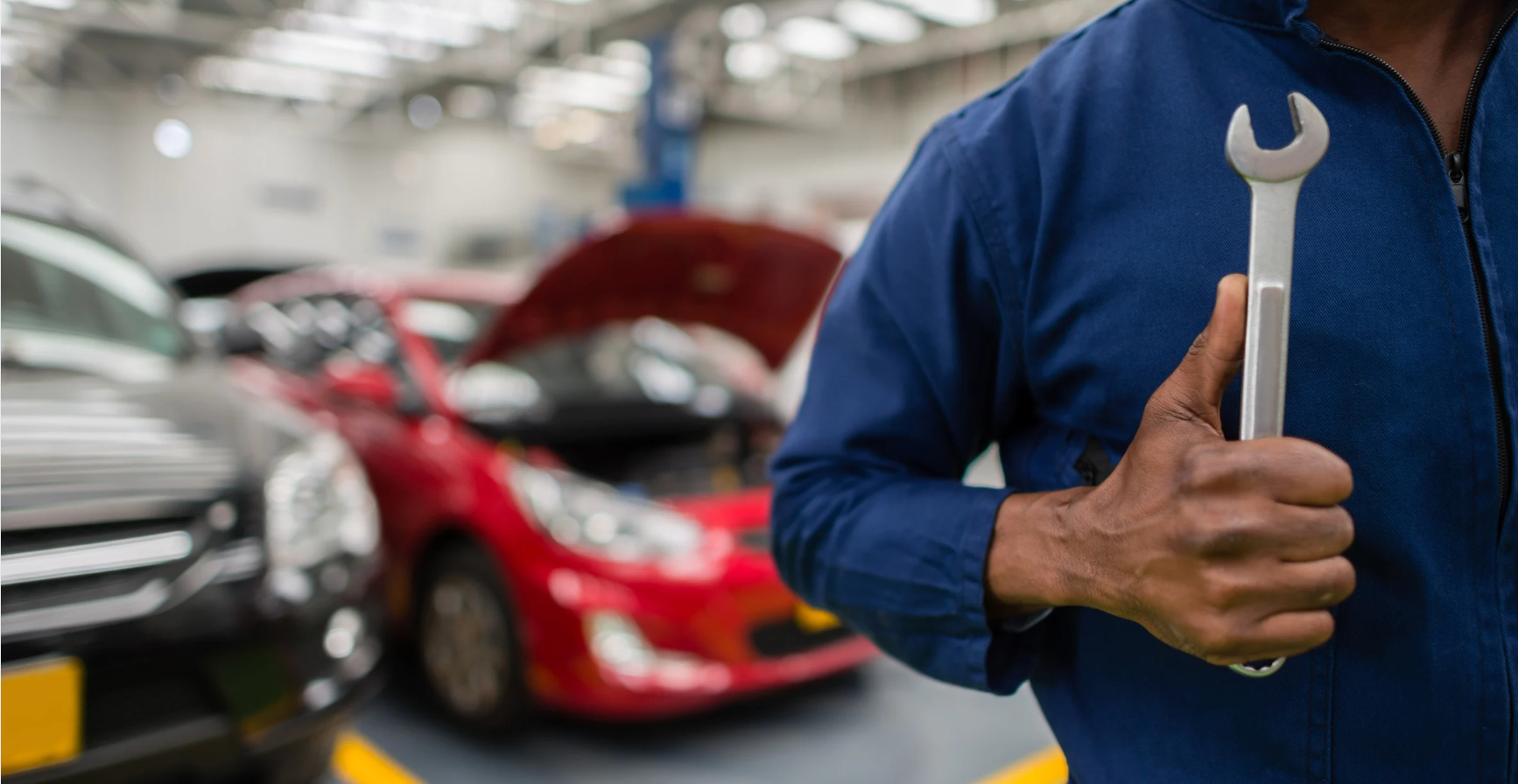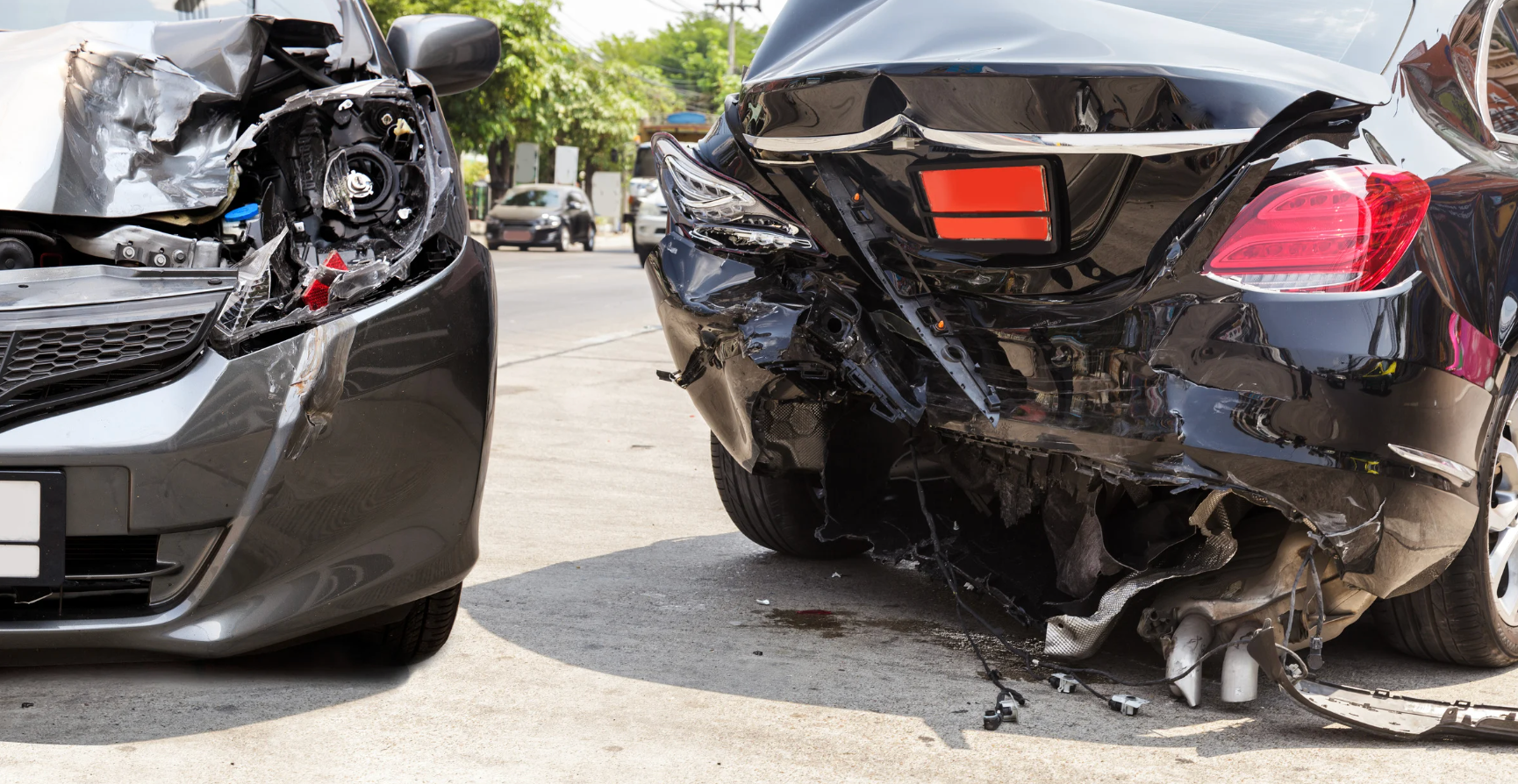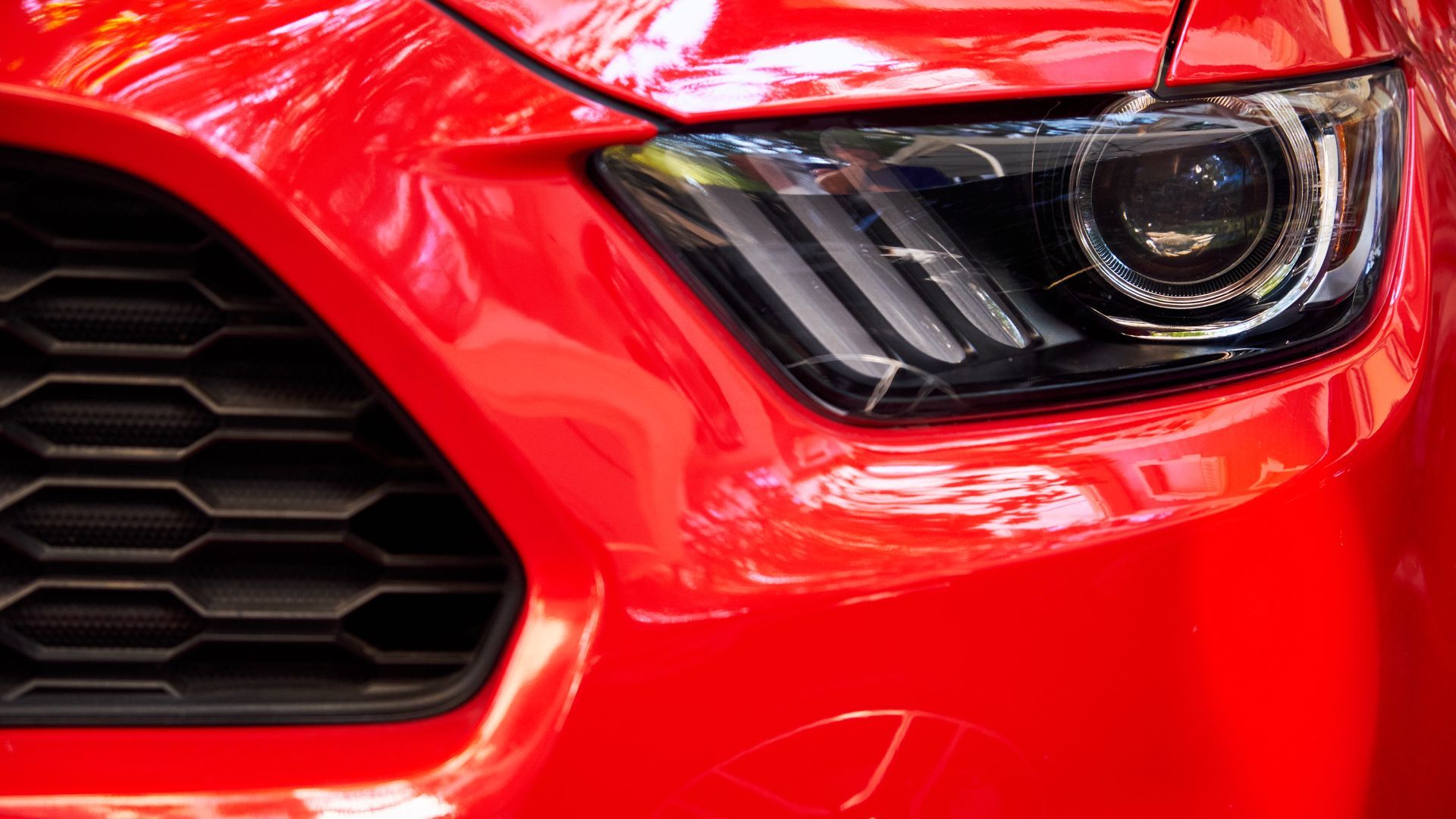Business Information:
Ray's Automotive Inc
Get a Free Consultation
For more information or to get a free consultation, call us at (203)-527-4116 or complete the contact form.
Contact Us
Thank you for contacting us.
We will get back to you as soon as possible.
We will get back to you as soon as possible.
Oops, there was an error sending your message.
Please try again later.
Please try again later.
What Happens After I Send My Message?
Our front desk will review your information.
A team member will contact you as soon as possible
Once your requirements are understood we ll get back to you promptly with a quote.
Contact Information
Our Services
Quick Links
Business Hours
- Monday
- -
- Tuesday
- -
- Wednesday
- -
- Thursday
- -
- Friday
- -
- Saturday
- Closed
- Sunday
- Closed
Contact Us
Ray's Automotive
Auto Body Repair Waterbury
1704 Baldwin St, Waterbury, CT 06706
If your vehicle has been towed by request of CT State Police or Naugatuck PD, please email us at towing@raysautoinc.com
Accepted Payments







